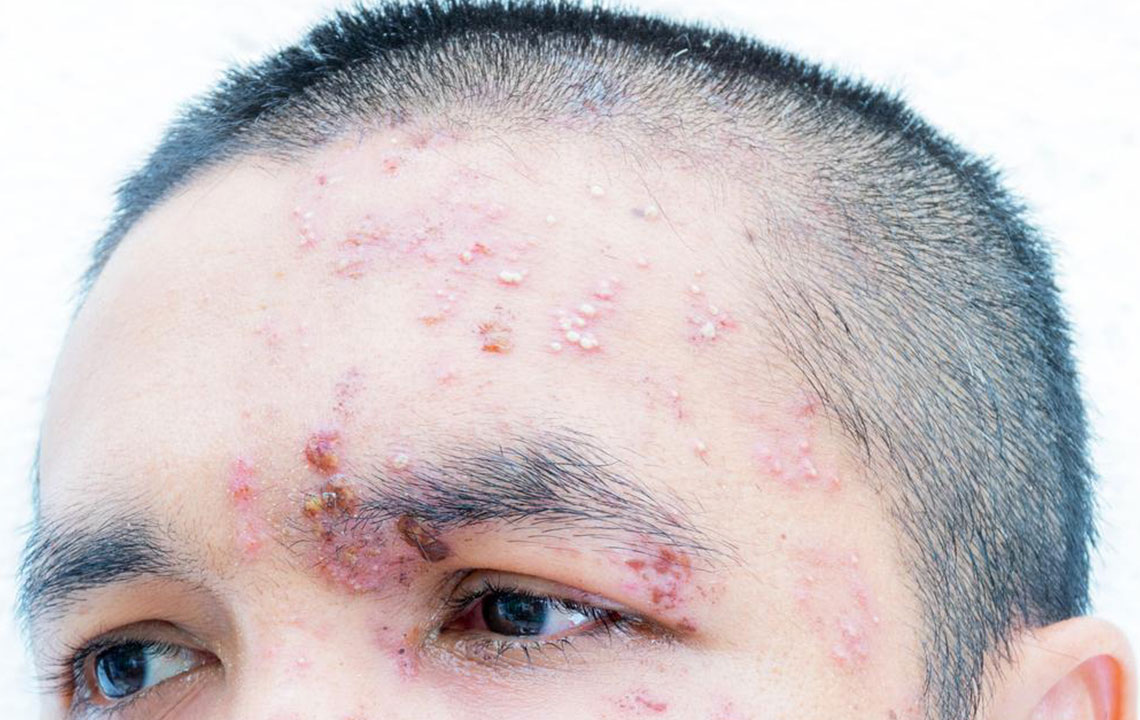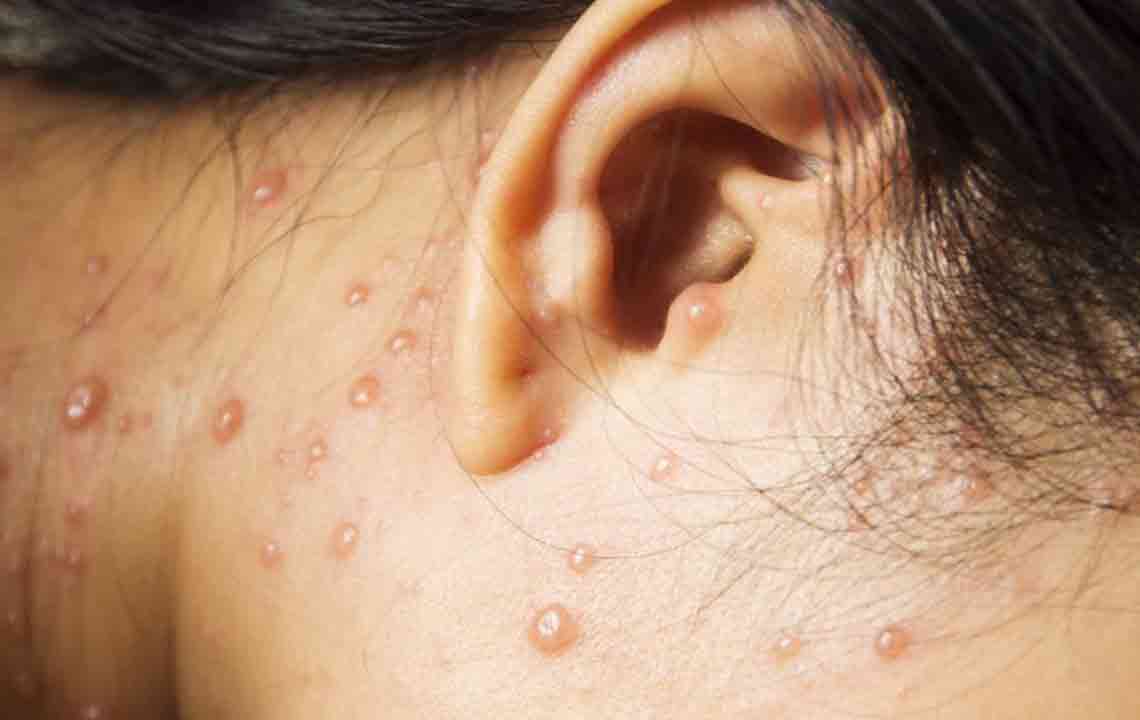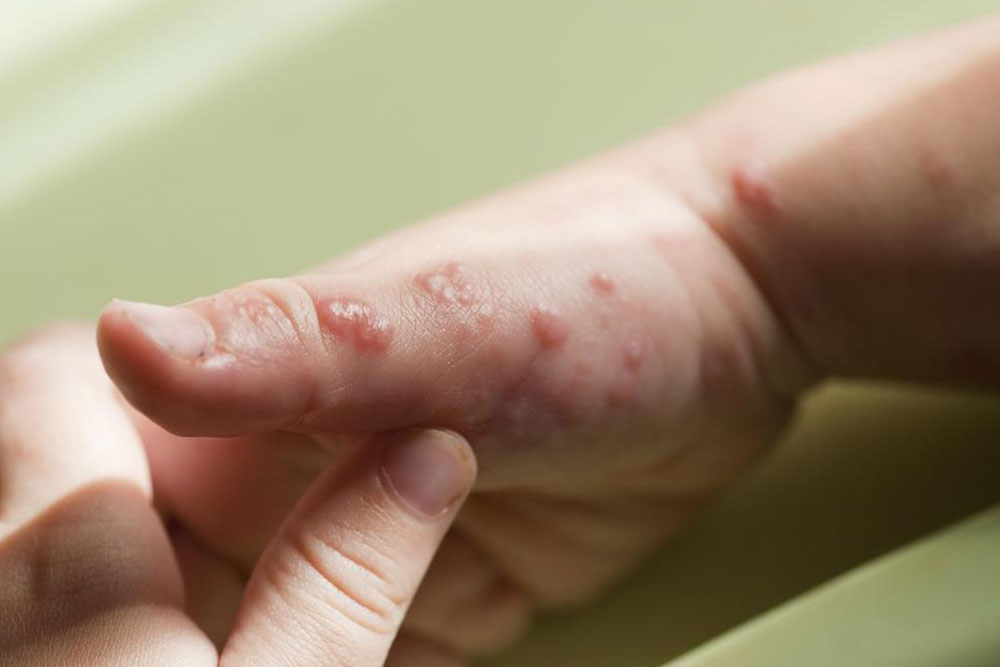Effective Strategies for Managing Shingles-Related Nerve Discomfort
Discover effective methods to manage shingles nerve pain, including medications, home remedies, and vaccination. Learn how early treatment can reduce symptoms and prevent long-term nerve damage. This guide aims to improve patient comfort and health outcomes through practical care tips and medical options tailored for both prevention and recovery.

Effective Strategies for Managing Shingles-Related Nerve Discomfort
Shingles, caused by the reactivation of the chickenpox virus (varicella-zoster), manifests as a painful skin rash that travels along nerve pathways. More common among seniors and immunocompromised individuals, anyone previously infected with chickenpox remains at risk. The dormant virus can reactivate later in life when immunity wanes. While shingles cannot be transmitted from person to person, a person without chickenpox can catch it if exposed during active blistering. The condition typically lasts 3-5 weeks, but nerve damage can persist afterward, causing ongoing pain.
Initial symptoms include pain and a rash appearing within days—often on the torso, face, or around the eyes. The rash develops into blistering sores that crust and heal over time. Painful sensations such as burning, tingling, and numbness may occur, sometimes accompanied by fever, headache, and sensitivity to light. In severe cases, nerve inflammation can affect brain functions, facial muscles, or balance.
Common signs of post-shingles nerve pain include inflammation, burning sensations, numbness, and sensitivity. The pain can be stabbing or throbbing and may persist even after the rash heals. Treatment options aim to reduce symptoms and prevent nerve damage.
Treatment Options for Shingles Nerve Pain
Antiviral medications are most effective if started within the first 72 hours of symptom onset. They help slow rash progression and may lessen nerve pain. Notable drugs include:
Acyclovir
Famciclovir
Valacyclovir
Persistent nerve pain, or postherpetic neuralgia, affects up to 15% of shingles patients. To manage enduring discomfort, pain relievers such as:
Acetaminophen
Ibuprofen
Naproxen
are commonly prescribed. Additional treatments include numbing creams containing lidocaine, corticosteroids, tricyclic antidepressants, and topical capsaicin to block pain signals.Home remedies play a vital role in easing symptoms. Keeping the affected area clean and dry, applying cold compresses, and avoiding scratching can prevent infection. Baking soda mixtures, antibacterial soaks, and topical anesthetics like lidocaine patches may reduce discomfort. Alternative therapies such as acupuncture may also offer relief.
For those over 60, the Zostavax vaccine significantly reduces the risk of developing shingles and lessens severity if it occurs. While vaccines don't guarantee prevention, they are a crucial part of managing shingles risk. With proper hygiene, medication, and supportive care, patients can improve their quality of life despite shingles complications.










